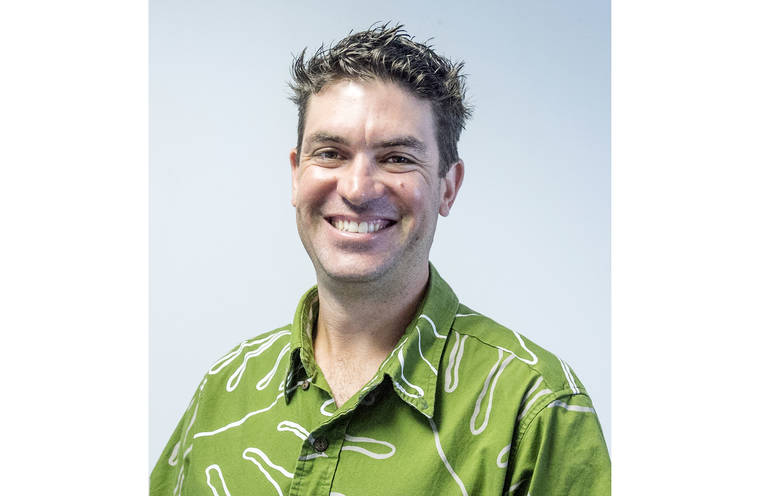Hawaii County’s Disaster Recovery Task Force will begin reviewing proposed strategies related to recovery efforts from the 2018 eruption of Kilauea volcano at its meeting next month.
The task force, which consists of representatives from the county administration, County Council and the community, will assist with developing policy decisions and recovery strategies in addition to collaborating on implementation.
Disaster Recovery Officer Douglas Le said in an email that the task force held its first meeting on Dec. 12 and the discussion focused on the group’s purpose and setting expectations. In January, task force members will begin reviewing proposed strategies coming from the draft recovery strategic plan.
“The Disaster Recovery Task Force will provide valuable input to the county’s recovery leadership on strategies and policies that will help create a stronger more resilient future for Puna,” Le said. “… As members of this advisory body, participants will work together to help vet important decisions and assist with implementing projects and activities.”
Task force members include county Finance Director Deanna Sako; Maurice Messina and Sharon Hirota, executive assistants to Mayor Harry Kim; Puna council members Ashley Kierkiewicz and Matt Kaneali‘i-Kleinfelder; acting Deputy Planning Director April Surprenant; Community Engagement Manager Bob Agres; Research and Development Director Diane Ley; tourism specialist Frecia Cevallos; Housing Administrator Duane Hosaka; county Managing Director Roy Takemoto; Public Works Director David Yamamoto; and community members Howard Konanui, Kim Williamson, Laua‘e Kekahuna, Madie Greene, Roberta Chu, Lono Lyman, Susan Kim, Leila Kealoha, Clarysse Nunokawa and Pi‘ilani Ka‘awaloa.
“I think the task force has a very good ability to make some strong and much-needed calls as far as the direction of recovery,” Kaneali‘i-Kleinfelder said Thursday, adding, “… that blend of people is going to equal good decision making and hopefully good direction and policy going forward.”
Getting community input about the recovery process is important. When the same faces are in the same meetings, “it becomes stagnant,” he said.
“If the county’s going to do anything, (we) need to talk to the community,” said Kaneali‘i-Kleinfelder. “… Community input equals better decision making at the county level.”
Le said community members were invited to participate based on their “diverse backgrounds and skill sets, and history of serving Puna and Hawaii Island residents.”
They include cultural practitioners, residents who lost homes and farmland or were otherwise directly affected by the eruption, and people with community service or business experience in Puna and islandwide.
“I think time will tell how influential the task force will be,” said task force member Susan Kim, who lost a home in Kapoho Vacationland and is part of the I Mua Lower Puna coalition. “We don’t really know what the scope of the work the task force is going to be doing … .”
Kim said she is unclear about what, if any, authority the group will have on recovery strategy and decision making.
“I have no idea what this task force is actually going to be doing in the coming months,” she said.
Overall, Kim said the goal is to help people recover and to ensure that decisions along the way “aren’t being made solely by one person or one group, but are made together in collaboration with a lot of people bringing different experiences and different resources to the table (so) that we ultimately can make the decisions for our community.”
Kim said it’s a “step in the right direction” for the county to bring to the table those who live, work and are invested in the Puna community.
The task force is arranged by the Federal Emergency Management Agency’s “recovery support functions,” or areas of focus in recovery efforts. Those areas include housing, health and social services, infrastructure, economic recovery, natural and cultural resources, and community planning.
Email Stephanie Salmons at ssalmons@hawaiitribune-herald.com.






